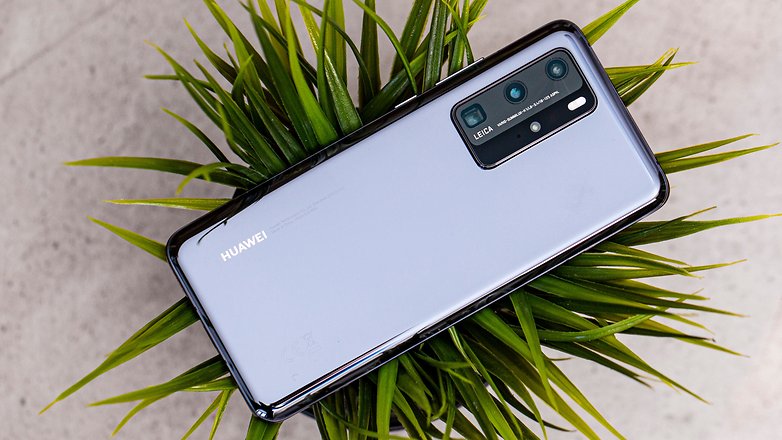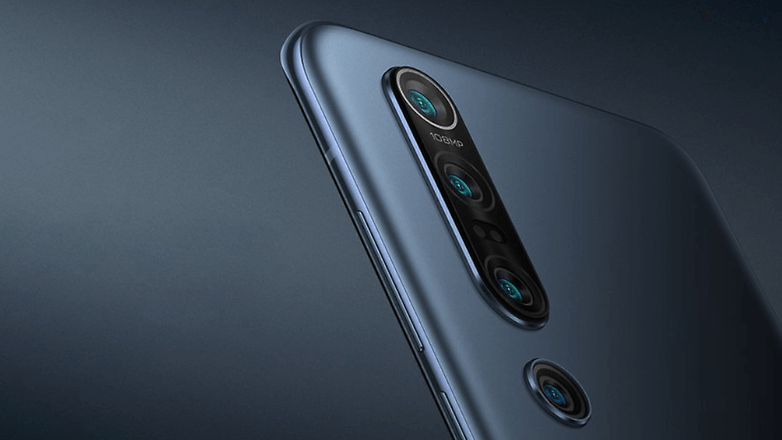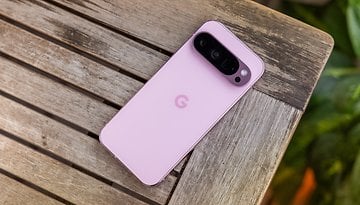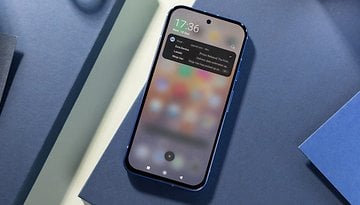Happy Birthday Xiaomi! The milestones along its meteoric rise


Xiaomi celebrated its 10-year anniversary this week. In just a decade, the Chinese manufacturer has risen from birth to become the fourth biggest smartphone manufacturer in the world. In some regions, such as India, the brand is already number one. So how did they do it? We take a look at some of the numbers behind the Xiaomi success story.
Often dubbed the 'Chinese version of Apple' - thanks, in part, to some of the design 'inspiration' the brand has taken from Cupertino - Xiaomi has managed to build a brand and community that is as dedicated to 'mi' as Apple fans are to their Californian hardware, at least in China. What's incredible about the Xiaomi story, however, is the speed at which it has grown.
When you look at the three manufacturers above Xiaomi in terms of global smartphone sales, you can see what I am talking about. Samsung (#1, founded 1938), Huawei (#2, founded 1987), and Apple (#3, founded 1976), you can how much of a baby Xiaomi (#4, founded 2010) really is in this race. Xiaomi is no longer a Chinese copy of Apple. Xiaomi is no longer just a flagship-killer brand for budget-friendly smartphones. Xiaomi is a major player both inside and outside of China and it keeps on growing. The numbers prove it.
To celebrate Xiaomi's birthday, we've picked out some of the key milestones on the brand's journey to the top to share with you.
Xiaomi buys mi.com for $3.6 million (2014)
Branding is everything in this business, and four years into its life Xiaomi realized that it needed something snappy. There is a lot that goes into the Mi brand and logo. The word Xiaomi roughly translates to 'little rice' (xiao being the word for small, and mi meaning rice in Chinese). The famous orange and white Mi logo, when flipped upside down, closely resembles the Chinese character for 'heart' (心).
Xiaomi realized that if it was going to get consumers to fall in love with its brand, it would need to own mi.com. In 2014, Xiaomi splashed and paid $3.6 million for the domain, a bold move for a four-year-old company, but this single acquisition has been vital to the success it achieved since. 'Mi' is now an integral part of everything Xiaomi does and, in my opinion, the brand voice from Xiaomi to Mi has made a huge impact on the company's growth outside of China. After all, let's face it, Xiaomi is not that easy to pronounce for English speakers.
Xiaomi enters the Guinness Book of Records after selling two million products in 24 hours (2015)
Five years ago, Xiaomi has what you could call a 'good day at the office'. To celebrate its 5th anniversary, the brand ran several promotions on the Mi.com store dubbed its Fan Festival, and it is safe to say the campaign was a success. The numbers are quite staggering - 2,112,010 handsets sold in 24 hours, setting a new Guinness World Record for most mobile phones sold on a single online platform in a day.

On top of that, 770,000 smart appliances, 247,000 power adapters and smart sockets, 208,000 Mi Band fitness trackers and 38,600 TVs were sold through the online store, producing 2.08 billion yuan ($335 million) in revenue. A total of 14.6 million consumers made purchases that day, attracted by more than 1,000 individual discounts. Not a bad way to celebrate your fifth birthday!
Xiaomi overtakes Huawei, briefly (February 2020)
Earlier this year, Xiaomi managed to even pip Huawei to take third place in the leaderboard of the top smartphone makers in the world. For the month of February, Xiaomi delivered 6 million smartphones, whilst Huawei shipped 5.5 million during the same period. Whilst these figures are for a single month only, and therefore not representative of the total market share for smartphone sales, the fact that Xiaomi beat its local rival for the first time ever in terms of smartphone deliveries is a significant milestone.
Xiaomi seems rather well-placed to attack Huawei at this moment in time. Just as the Mi phones continue to gain traction, Huawei is slowing down thanks largely to issue it has with the US government. Don't get me wrong, Huawei is coming up with solutions and what the Chinese giant is doing with HMS Core and its App Gallery looks promising, but Xiaomi strongest local competitor is in the middle of a transitional period, and that provides an opportunity.

Mi 10 Pro takes Xiaomi into the premium segment (2020)
With the Mi 10 Pro, Xiaomi is also stepping into the flagship market with powerful hardware and premium prices. Similar to what we have seen from another local rival, OnePlus, there seems to be a well-trodden path emerging here. New smartphone brands look to gain market share and notability in the early years by undercutting their competitors on price, but as the brand grows, the confidence to compete in the premium segment of the market emerges. It is this confidence that Xiaomi is showing right now, buoyed by success in both China and Europe, and by the gains it has made on Huawei.

What's in store for the next decade at Xiaomi?
I am excited to see what this young company can do over the next 10 years. The stars seem to have aligned for Xiaomi at the beginning of 2020. Its main competitor is having to reshuffle and reinvent, and European consumers are coming around to the idea that Mi is a legit brand that is so much more than a budget version of its North American and South Korean rivals.
Whilst Xiaomi looks upwards to the top table of the smartphone market, however, it should not take its eye off what is snapping away at its heels. In Realme, I see a brand that is setting out along the same path Xiaomi did 10 years ago, and heading just as quickly along the route. How both of these companies handle foldable smartphones will be interesting. So far, it has only been the biggest boys in the class that have been able to innovate with the new form factor with any degree of success.
What do you think was the biggest milestone in Xiaomi's short history? Share your thoughts in the comments section below.














This is really great.
-
Admin
Apr 8, 2020 Link to commentGreat phones. We have 2 of them
10 years is a meteoric rise? Months maybe but not a decade.